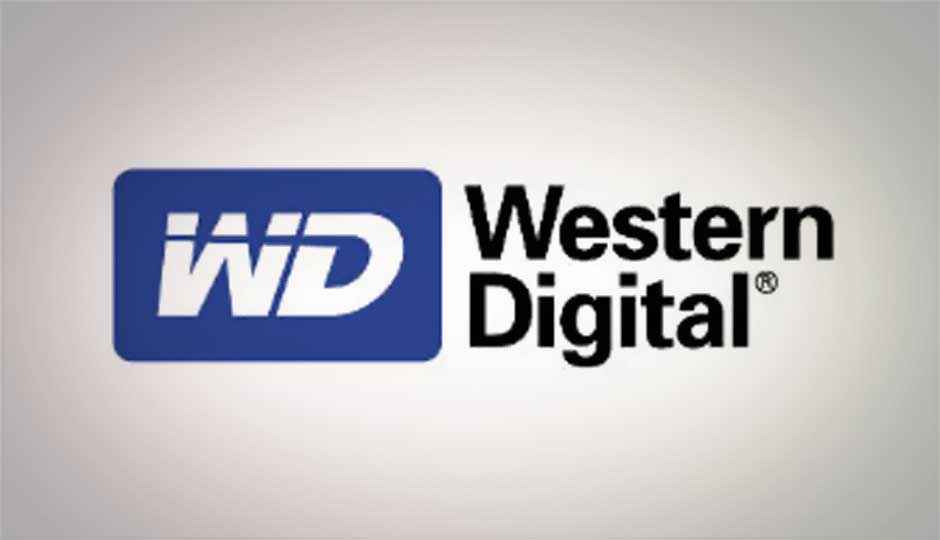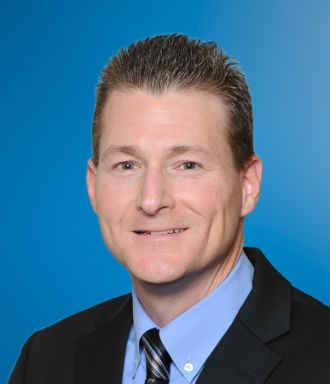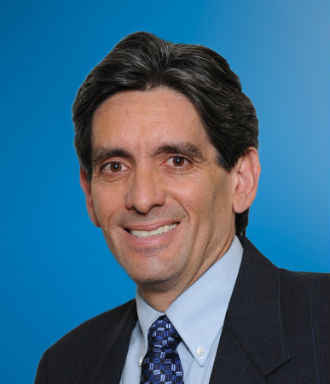INTERVIEW: Why WD is betting on the personal cloud and hybrid drives

We talk to Richard Rutledge and William Cain of Western Digital about what the company is focusing on and why the personal cloud is so important.
Western Digital recently held its Annual Executive Summit in Istanbul where its senior executives talked to journalists about what the storage company is focusing on and why the personal cloud is so important. We caught up with Richard E. Rutledge, Senior Vice President and General Manager, Datacenter Storage, WD and William Cain, Vice President, Technology, WD to talk about everything from competing with Dropbox to the new generation of consoles.
WD as a brand has attained consumer mindshare over the last decade, so much so that people walk into stores with an intent to buy WD branded products. Nowadays, a consumer can store most of his personal data on the public cloud with Google and Facebook. With so much focus on the public and personal cloud, do you think WD as a brand is at risk of disappearing from a consumer's mind?
Rich Rutledge: No, I think we have a good offering in personal cloud which, economically and because of its ease of use, is a fantastic solution. So, we do believe that our presence in the home will remain in the personal cloud but we do admit that the public cloud also offers value to the consumer.
Bill Cain: Well, I hope that WD as a brand will remain very important to the consumer. I agree that the consumer is getting used to the idea of storing data with services like Facebook but it's really not at a point where it can supplant your primary storage. This is because storing all your personal data on the public cloud is not very economical, since most of these services cost money and moving that data around is an arduous process. Relying on the personal cloud inside a home is also very economical because you can just buy one storage device that meets your needs and there are no monthly charges associated with it. So, we'd actually like to create more of a brand awareness with respect to our personal cloud storage solutions and explain to the consumer how it's different from the public cloud.
With the Xbox One and the PlayStation 4 so heavily reliant on the cloud for streaming and storage, isn't that efficiency gap between the public cloud and the private cloud being erased?
Bill Cain: Well, both consoles do have local storage as well. However, if you're somebody shooting a lot of hi-resolution images or videos, you can't really practically store all of that on the cloud. We've talked to a lot of these cloud storage providers and they've told us that consumers are really happy with the first 5GB of free storage but the second tier of paid storage hasn't gathered a lot of traction. So, there's clearly a place for the public cloud but if we're talking about a large amount of personal content, people are more comfortable with having that data under their direct control and it makes much more economic sense to have that data stored locally.
Bill Cain (left) and Richard Rutledge (right)
Do you see WD targeting the cloud storage service market as competition to companies like Dropbox and Box?
Rich Rutledge: We already provide personal cloud storage solutions to consumers through some of our products. If there is a business opportunity that would make sense to us to provide some kind of a cloud storage solution to consumers, we'd be ready to do something like that. Our focus is storage solutions and that would fit into that focus area.
There are some companies in India who are using cloud technology to reach out to rural areas and also to facilitate education through the cloud. Is WD involved with partners in such projects in India?
Rich Rutledge: It would be easier to use Russia as a proxy for what India will become in the future. Russia has some large local cloud service providers who provide services for both government and personal purposes. The Russian government's e-initiatives are far ahead of the Indian government's and a lot of the storage products in use there come from local integrators who win tenders from the organizations in question. That would be our model for India as well. That’s one of the reasons why we have recently hired a new head for our Indian operations with a datacentre intensive background.
PC sales have been dropping steadily for some time. As a company associated with the PC, does WD see this as a cyclic trend & expect PC sales and PC storage hardware sales to go up? Or is WD going to focus primarily on mobiles and tablets in the future?
Bill Cain: Obviously, the PC market has been flattish to slightly down recently. An interesting phenomenon is that tablets and mobiles are becoming larger and becoming, as some say, mobile PCs. We can't really say if the PC is definitely a declining market but as we recently stated at our earnings call, the PC market constitutes less than half of the total sales that we have. We look at data centres and the cloud as growing markets and also, the personal cloud that will probably supplant desktop growth. Overall, we think the market for storage remains extremely healthy despite what may be happening in the PC segment.
Would it be fair to say that WD is primarily looking at SSHDs? Or do you see WD getting into the pure SSD market in a big way?
Bill Cain: I think our focus is right now on SSHD and thin devices but there are still a lot of applications where the standard hard drive is the right solution. So, we'll continue to deliver those while also working on form factors that enable thin and robust systems. I won't discount the possibility of getting into the pure SSD segment in the future but right now the enterprise space makes the most sense for us to deliver SSD products. But with the evolution of the mobile space, we think getting into pure flash storage in the consumer segment is a possibility.
The ideal PC configuration would be to have a 128GB SSD coupled with 500GB or a 1TB hard drive. With 128GB SSDs falling below $100, is there a possibility of a $200 SSHD with the same configuration?
Bill Cain: We haven't announced any such thing so far, but when you start looking at the space where SSHDs can play there is a whole range of products and prices for consumers. Users range from someone with a low-cost PC who just wants a slight performance enhancement with 8GB of flash storage all the way up to a power user who would want the entire OS and all apps residing in solid state storage in a single package that plugs into the system. I see that entire space to be a realm for SSHDs but currently the products we offer to OEMs are more focused on Ultrabook storage which would mean 16 to 32GBs of solid state storage. The two scenarios we talked about definitely do exist, it's just that we haven't announced anything targeting those users yet.
What type of users is WD focusing on with its products?
Bill Cain: We aren't just focusing on power users since even typical consumers have iPhones with high resolution cameras and they generate a significant amount of content. My mom is 81 years old and she loves digital photography and she stores a tremendous amount of data, something that would be impractical to store in the cloud. So, we are definitely targeting our products at that segment too. We are also looking at mid-sized enterprises with about a dozen or even a hundred users with our SMB solutions. We target the large enterprises through our OEM partners to whom we provide our storage products.
The 2011 Thailand floods had hard drive prices skyrocketing. Do you know if those prices will ever come down to pre-flood levels? What has WD done to ensure that storage prices remain stable in case of similar events in the future?
Bill Cain: We have made a number of infrastructure improvements to ensure that we aren't affected like that, again. As part of our ongoing risk management process, we've closely looked at all of the attributes to make sure we can mitigate interruptions from things like earthquakes in the area of a wafer fabrication plant. We are also focused on having a well distributed supply base to make sure that that disruptions don't happen in the future.With respect to pricing, I think currently we've reached a stable, rational environment and we'll see how things play out in the future.
Currently WD has R&D centres in the U.S. and Poland? Are you looking at expanding that map to India?
Rich Rutledge: Our largest R&D sites are in California and we also have sites in Colorado and Oklahoma in the US. Our second largest site is in Malaysia, where our Asia engineering team works. We also have operations in Taiwan and we have relationships, both direct and contractual in Poland. We tend to go where the talent is for the task required but with respect to India, that's a business decision we'll have to discuss at a later date.







